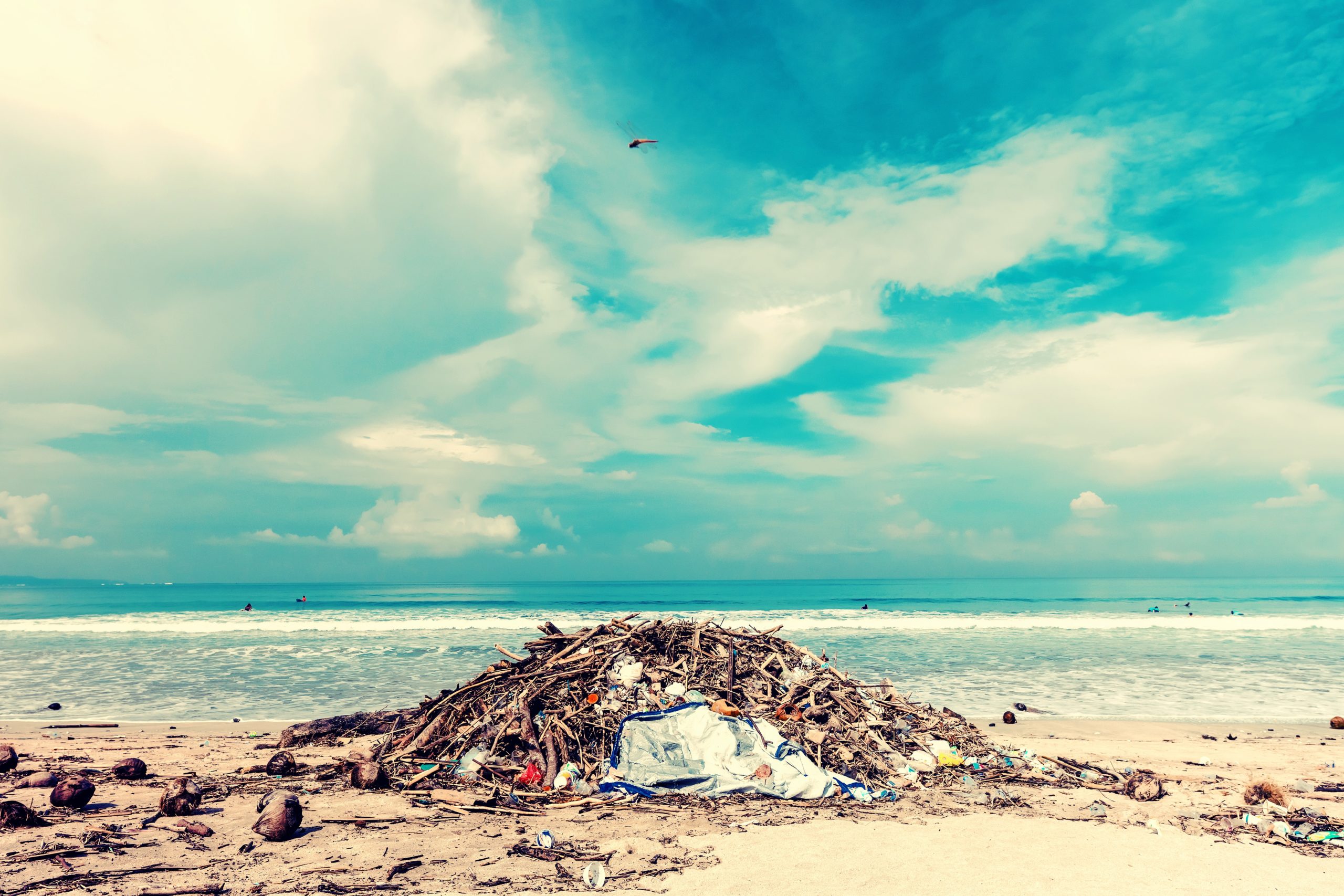9/30/2019
“I can’t believe you’re even reaching for that plastic straw. How much do you hate sea turtles?” my friend says as I retract my hand from the stack. While any efforts to use less plastic are efforts in the right direction, she may have been better off shaming me for reaching for the cod at the buffet a few minutes earlier. National Geographic, along with a number of conservationist platforms, have reported that single-use plastic straws aren’t exactly the issue [1] [2]. In the largest collection of floating trash, the Great Pacific Garbage Patch the size of France located between Hawaii and California, has 79,000 metric tons of plastic. A study reported that 46% of that patch is fishing nets [3]. The majority of the rest is reported to be fishing gear – ropes, crates, and traps.
My friend was quick to judge the use of single use plastics but we both had fish on our plates. The resources used to catch that fish likely contributed to a much larger issue, but no one pointed a finger at me for that. Sources reported that a diet with a limited amount of fish could mean an even bigger step in reducing our footprint [2][3].
Ditching straws puts us closer to the action of saving plastic – which is probably why we are such big proponents of the movement. Skipping fish at the buffet line doesn’t directly correlate with plastic conservation which makes the movement more difficult to join. Maybe if a clear cause and effect were laid out for us, we would be less inclined to reach for the fish and choose the greens instead. Maybe cleaning up the oceans means taking the time to digest the trip that fish took from the ocean to your stomach. In an attempt to make the cause and effect more black and white I close with a quote from Captain Paul Watson, a marine conservationist and environmental activist, “If the oceans die, we die.” Simply put, I think he wants us to learn more and use less.
Related Links
See the new technology Ocean Cleanup is using on islands on plastic:
https://theoceancleanup.com/technology/
Check out the collaborations Parley for the Oceans has made with big name brands like Adidas and American Express to recycle ocean plastics:
https://www.parley.tv/updates?category=THE+NETWORK
References
[1] L. Parker, “The Great Pacific Garbage Patch Isn’t What You Think it Is”, nationalgeographic.com , 2018. [Online]. Available: https://www.nationalgeographic.com/news/2018/03/great-pacific-garbage-patch-plastics-environment/#close. [Accessed: 30- Sep- 2019].
[2] J. Loria, “Straws Aren’t the Real Problem. Fishing Nets Account for 46 Percent of All Ocean Plastic.”, Mercy For Animals , 2018. [Online]. Available: https://mercyforanimals.org/straws-arent-the-real-problem-fishing-nets. [Accessed: 30- Sep- 2019].
[3] L. Lebreton, B. Slat and F. Ferrari, “Evidence that the Great Pacific Garbage Patch is rapidly accumulating plastic”, Scientific Reports , vol. 8, no. 1, 2018. Available: 10.1038/s41598-018-22939-w.
[4] A. Pittman, “Why ‘Eating Just Fish’ Still Harms the Environment”, One Green Planet , 2017. [Online]. Available: https://www.onegreenplanet.org/environment/eating-just-fish-harms-the-environment/. [Accessed: 30- Sep- 2019].

